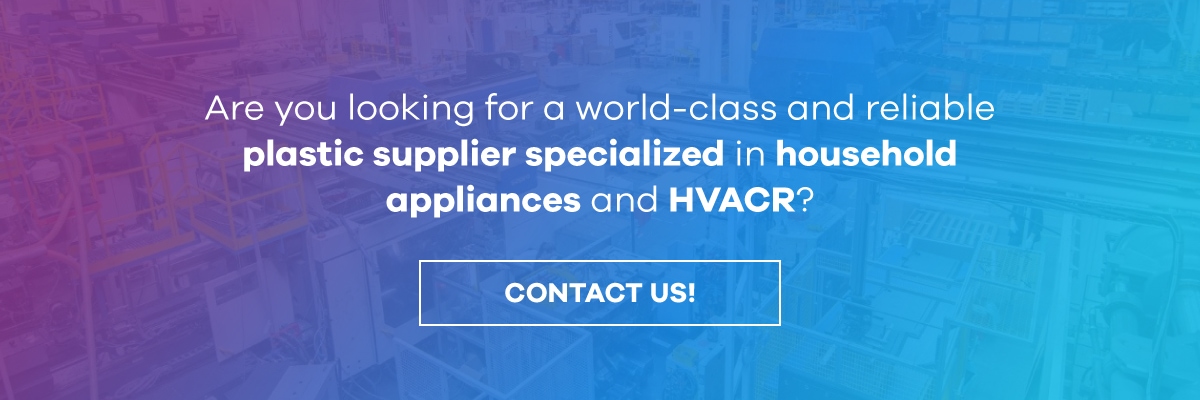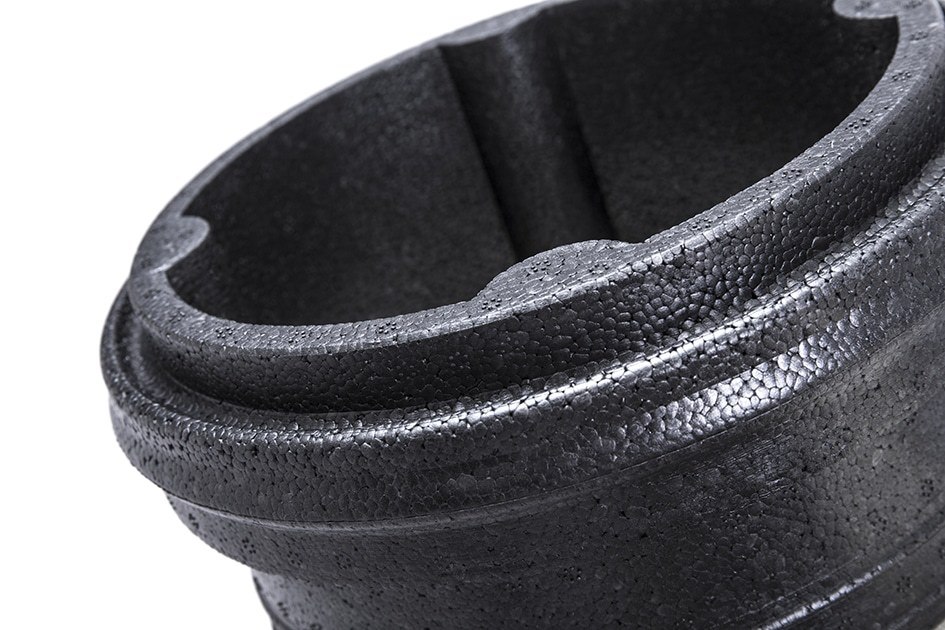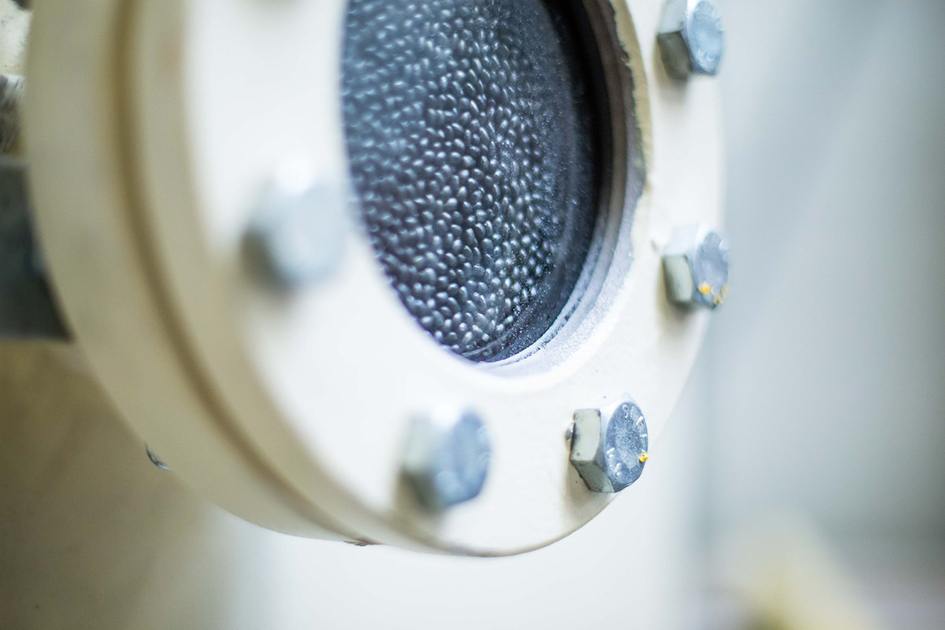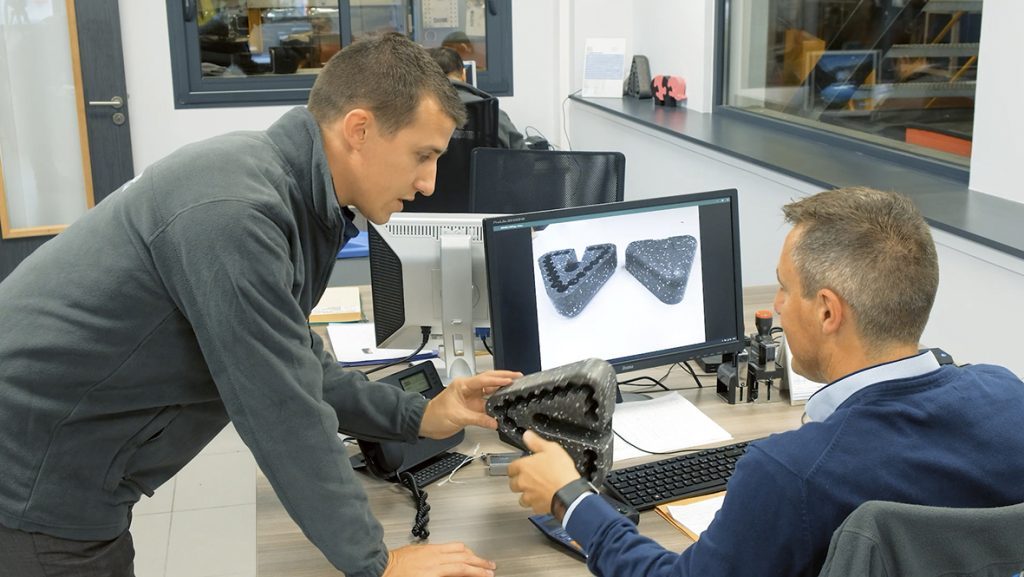The right choice of technical parts can significantly improve an HVAC system’s performance and economic costs.
The market around HVAC systems is undergoing a series of transformations, mainly focused around consumers’ expectations getting more demanding: HVAC design must now provide a great unit performance, silent running, compactness, and energy saving.
These new clients need to translate into new challenges for HVAC companies. Fortunately, a few recent developments in technical parts can help companies reach their goals in acquiring efficient and optimized HVAC parts. Keep reading to find out about current HVAC design possibilities that can help businesses make a difference.
What is an HVAC system?
Heating, ventilation, and air conditioning (HVAC) systems are technological structures in charge of controlling air temperature and indoor air quality.
As an air conditioning system, it acts as heating in winter and as cooling in summer. Its purpose is to provide the user with an indoor environment whose temperature, relative humidity and air purification are comfortable.
Common materials for technical parts in HVAC systems
Some common materials include:
- Insulating foam
- A small number of refrigerant liquids
- Steel, iron, and other types of metal
- Glass and electronic components
- Plastics
Again, new HVAC design trends mean there are diverse materials that can be incorporated into HVAC systems and their technical parts. In fact, the search for more efficient and sustainable HVAC systems has led to the growing incorporation of expanded polypropylene (EPP) foam into parts such as frameworks and internal components.
This material’s growing presence in HVAC parts has been motivated by its extraordinary characteristics:
- It’s flexible and easy to manipulate, thus becoming the perfect material for advanced engineering designs drawn up using 3D technology.
- Provides great thermal and acoustic insulation
- Offers outstanding mechanical strength which is comparable with metal sheet structures.
- It’s extremely lightweight
You might also be interested in: HVAC market trends for 2022
Why choose expanded foams for technical parts and how to incorporate them
Increased efficiency
Increased efficiency for HVAC systems is nowadays not just a consumers’ demand but also part of national and international quality standards’ requirements. For instance, air recovery units must now present less than 3% of air leak of nominal airflow in order to be certified.
These efficiency targets are simply impossible to reach following a traditional approach to HVAC design, as the metal sheets plus insulation stick results in deficient efficiency.
On the contrary, EPP technology enables engineers to design and implement completely airtight casing parts.
But expanded foam has other efficiency advantages to be taken into account:
- Its lightweight features and custom shapes allow for shorter assembly times in production. In fact, at Knauf Appliances we’ve seen how our EPP HVAC parts generate a 40% reduction in assembly times during production processes.
- The manufacturing process is also shortened. For instance, we’ve achieved a 5x time reduction, increasing productivity by about 45%.
- There are cost-saving possibilities in maintenance related to the use of expanded foams to generate custom technical parts. First of all, EPP is a durable material that minimizes maintenance labor. At the same time, when new HVAC parts are needed, it’s possible to save time and money because the same custom parts can easily be obtained by reaching a trusted supplier.
- Installation and removal processes are also optimized which, in turn, reduce costs too.
Thermal and acoustic insulation
On the one hand, EPP presents extraordinary thermal insulation features because of its low thermal conductivity.
As a result, HVAC systems become more energy-efficient, thus generating less economical expenses and being more sustainable.
On the other hand, EPP foam also generates great acoustic insulation, minimizing the acoustic discomforts typically provoked by HVAC systems. This increases the users’ comfort and satisfaction with their installation.
Lightweight but resistant
While technical parts for HVAC systems used to be built with very heavy products, the expanded foam helps decrease weight on this type of installations.
At the same time, while EPP is extremely lightweight, it’s also highly resistant to breakage and deformation, which makes it suitable for complex shapes and withstanding extreme temperatures without degrading.
The value of customization
Expanded foam facilitates the creation of customized technical parts. This can translate into cost savings and increased earnings for a number of reasons:
- Less material waste, as only the right amount is used for each specific project
- Simplified relationships with suppliers, including the need for new custom parts
- Reduced assembly and production times
- A brand identity that makes a difference, as companies can work on their products’ individual aesthetics.
You might also be interested in:HVAC supply chain improvements that can benefit your business
Enhanced customer experience through aesthetics and comfort
As EPP foam provides a more comfortable and economical experience for customers, the benefits of their HVAC system translate into increased customer satisfaction.
At the same time, custom EPP foam technical parts have evolved to provide additional aesthetic advantages.
At Knauf Appliances we’ve developed a palette of laser graining that, combined with color, allows a wide range of finishes to be obtained thus amplifying our technical parts’ potential for customization. For instance, a grey, graining finish is possible, which generates a minimalistic and polished design for HVAC systems.
All in all, EPP foam has expanded the possibilities of HVAC design by facilitating the manufacturing of more efficient, customized technical parts.
Through our design process for HVAC technical parts, we base our technical parts on two key axes: the use of digital rendering techniques to create prototypes; and our client-focused approach, which makes sure our clients’ needs are always listened to and taken into account through the different phases of the project.
Want to learn more about HVAC technical parts and the role of EPP foam in generating more efficient and optimized HVAC systems? Download our free Technical Guide about Expanded Foams or get in touch with us and speak to our team of experts.





